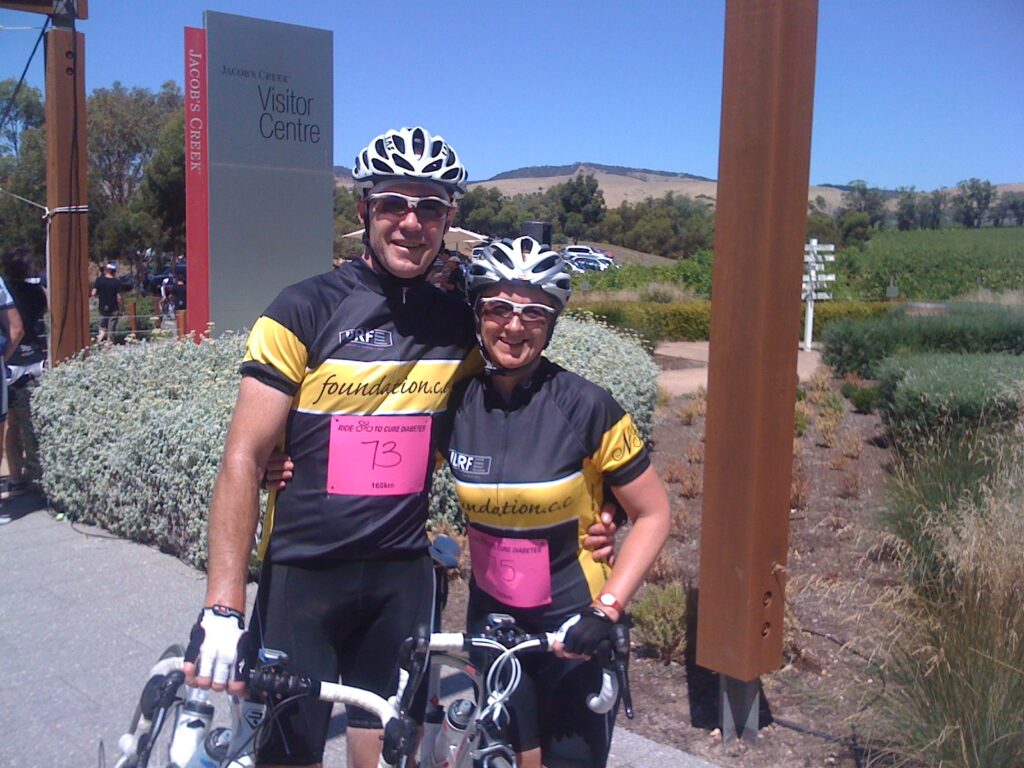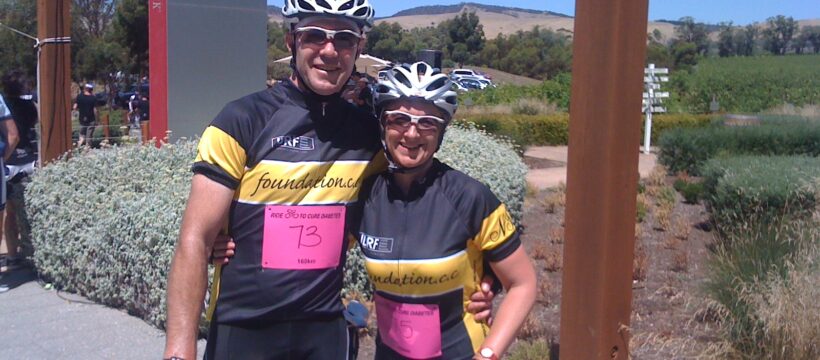A few tips for women training for a long bike ride

Training for a long bike ride is essential for me because I’m not capable of riding long distances without getting some kilometres in my legs. I’m a huge fan of setting goals and committing to an organised event because it provides me with an incentive to get out of bed early in the morning and get on my bike. By long bike ride, I’m thinking of 100 km or more. Of course, this is all relative so this advice applies to whatever the definition of a long ride is for you.
Get some ‘Ks’ in your legs
There is no substitute for riding enough kilometres to prepare you for a long ride. And while it’s impossible to say just how many ‘Ks’ you need in your legs before a particular ride, you can’t go wrong if you ride very regularly. By that, I don’t mean you need to ride every day or even every second day, but you need to be consistent.
Utilise training plans and adapt
A lot of organised rides will publish some training tips and even a full-blown training plan on their website to help riders prepare. Here’s a great one for the 100 km version of Melbourne’s Around the Bay ride held in early October each year.
Plan out your training program in an Excel spreadsheet or an electronic diary and then track your progress using the data from your bike computer.
Build up over time
When you start a training plan from a low base make sure you build up over time. Don’t head out and ride the full event distance on your first weekend, particularly if you’ve never ridden that distance before now. For example, if your event ride is in six week’s time and it’s 100 km, then start out riding 50 km in the first week, 60 km, 70 km, 80 km, 90 km and so on.
Replicate the terrain and format
In your training program, make sure you incorporate similar terrain to the ride you will be undertaking. There’s no point in doing all your training rides on flat terrain because it’s easier, if the event ride is very hilly and vice versa. In most cases an event ride will be a mix of flat, undulating and hilly terrain so make sure you cover it all in your training rides.
Make sure you also prepare for the format of the ride. For example, if it’s a three-day ride then make sure you ride three consecutive days in your training, building up the distance as the event approaches.
Most experts say you don’t need to ride the full distance of the event in training, as long as you get close. I rode Melbourne’s Around the Bay ride which is 210 km, but in the lead up my longest training rides were around 180 km.
Find training buddies
Ideally, when you sign up for a long ride you’ll have recruited a few ride buddies and they will also make excellent training partners. But I’ve found in the past that you’ll find willing training partners even if they aren’t joining you for the event. It will make those long training rides so much more enjoyable and safer, if you have a few mates by your side.
Indoor trainer
For those cold and wet days in your training program, it’s a great idea to have an indoor trainer as an alternative to getting out on the bike. It will never replace training on the road completely but it will help you get those ‘Ks’ in your legs when you can’t get outside. But don’t shirk poor weather altogether because you may experience bad weather during your event ride. Here are a few tips for setting up an indoor trainer.
Eat, sleep and rest
During your training period make sure you take care of yourself and eat well, get enough sleep and rest when you need to. If you’re feeling very fatigued from your training sessions it’s a sure sign that you’re overdoing it. But don’t give up altogether, back it off a little, then reset.
Training rides are also an excellent way to test out eating and drinking during your rides. Try different energy bars and gels, plus energy drinks as well. When I ride 100 km, I take two drink bottles on my bike – one with water, and the other with an energy drink. I also put gel blocks and muesli bars in my back pocket.
Make sure your equipment is up to it
Training rides are also excellent for making sure your bike and equipment are up to the task. Get your bike serviced at your local bike shop a few weeks before the big event, not just a couple of days before. And make sure your other essentials are working well. Is your saddle comfortable? Are your knicks doing their job? Do your helmet and shoes fit correctly? And always carry essential repair equipment with you for training and event rides.
Taper
A week or two before the event you should actually back off your training a little so that you give your body a chance to taper. If you’ve done enough training in the weeks leading up, you should be ready and rested before the big day.

